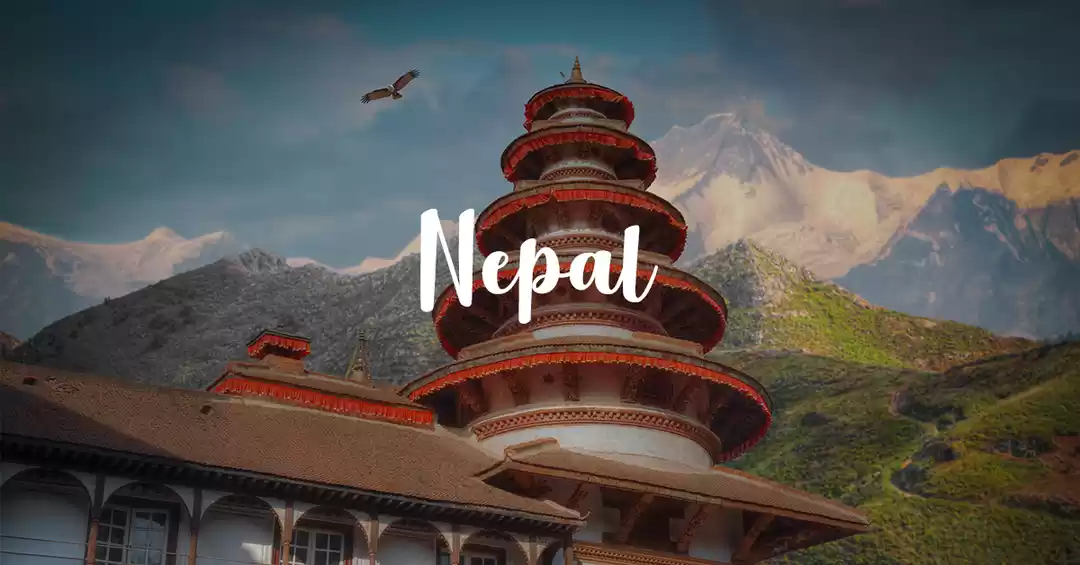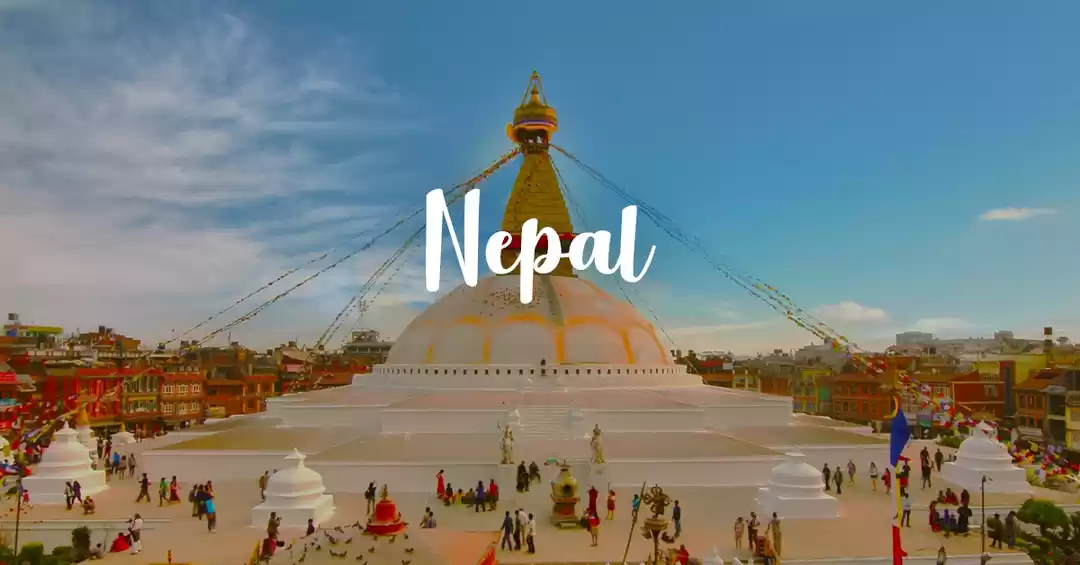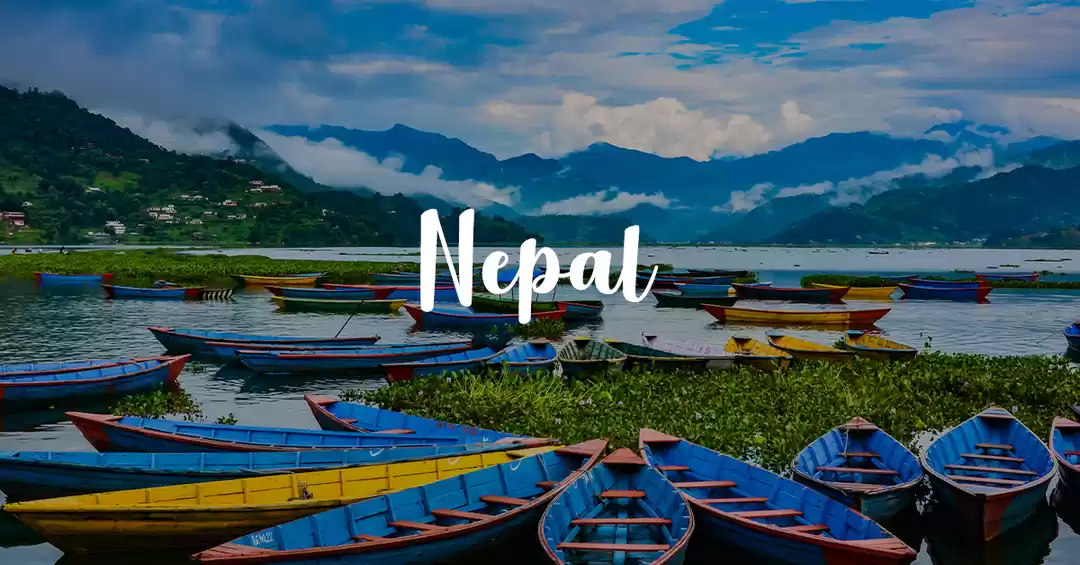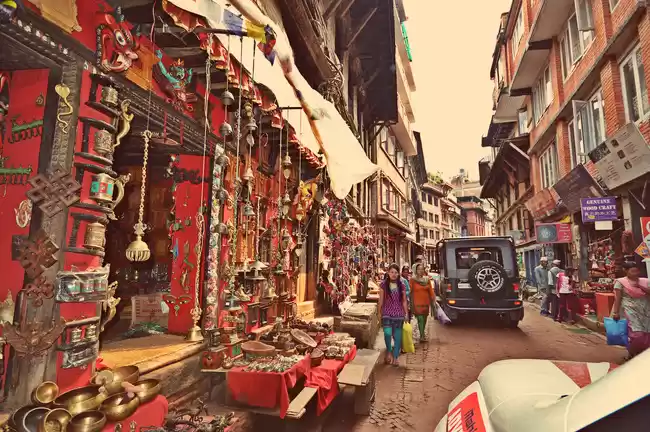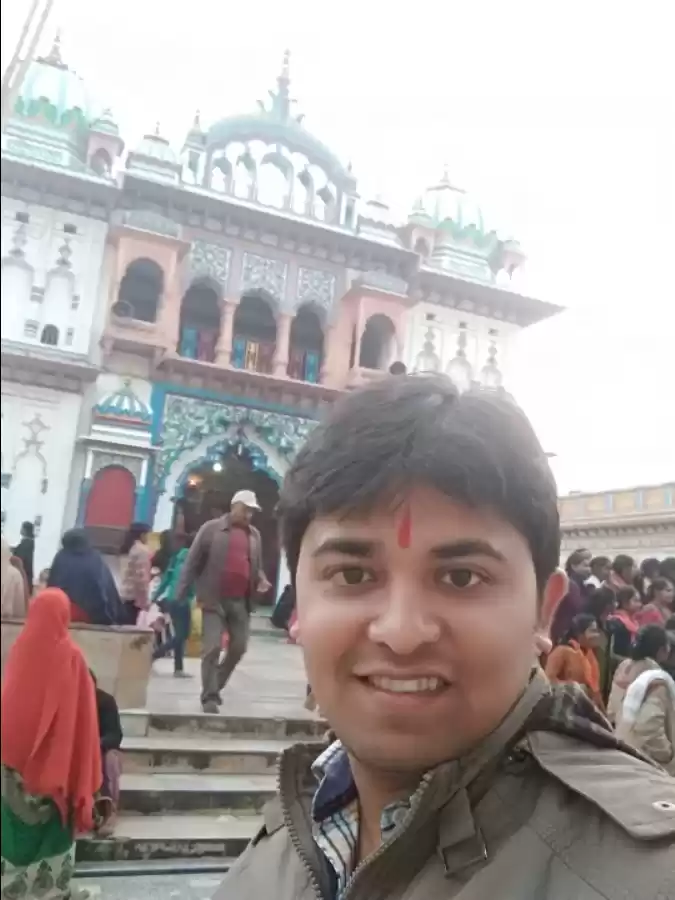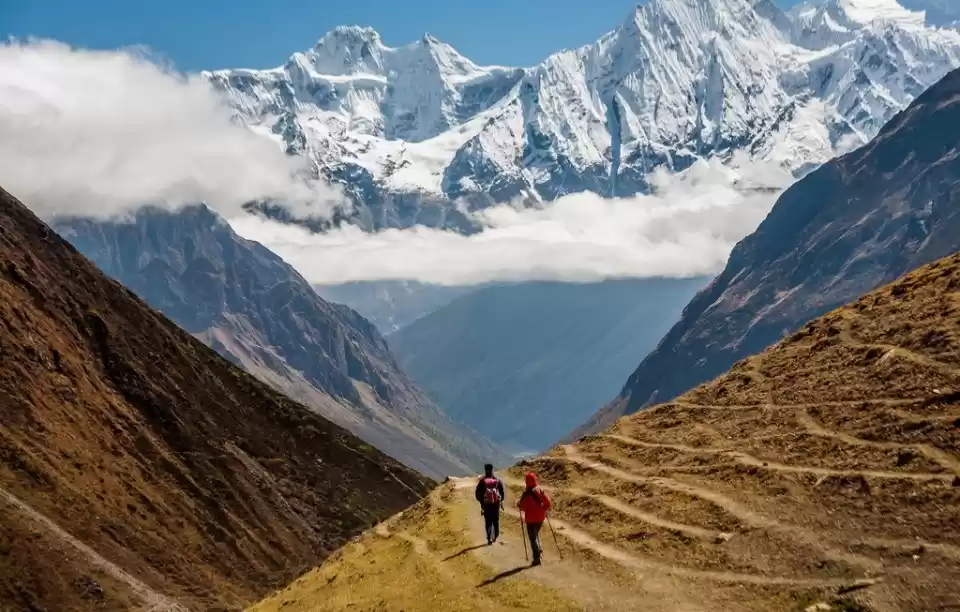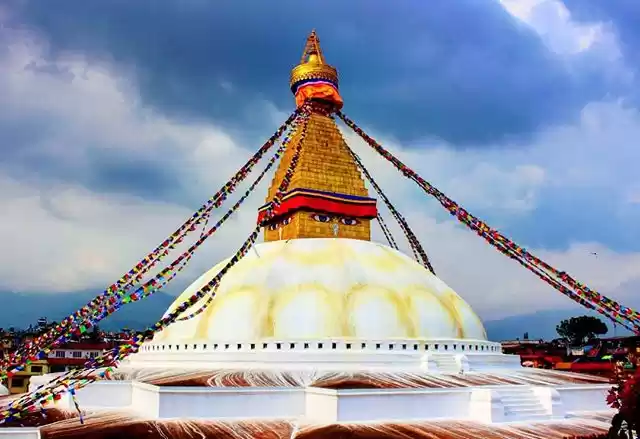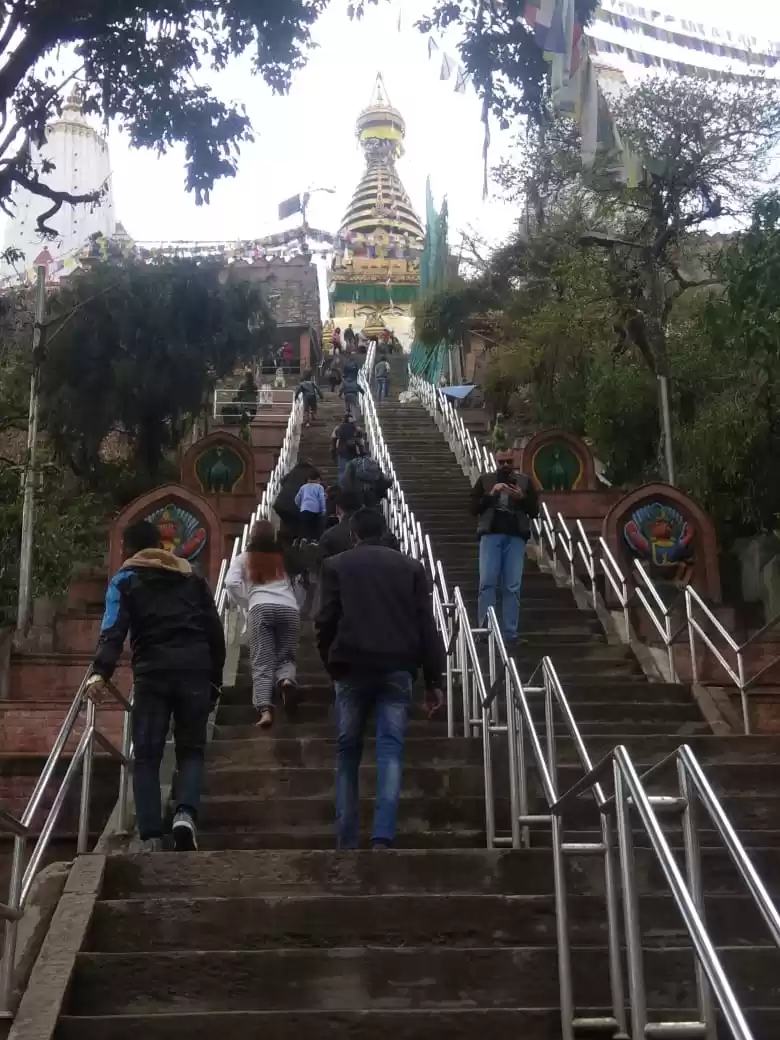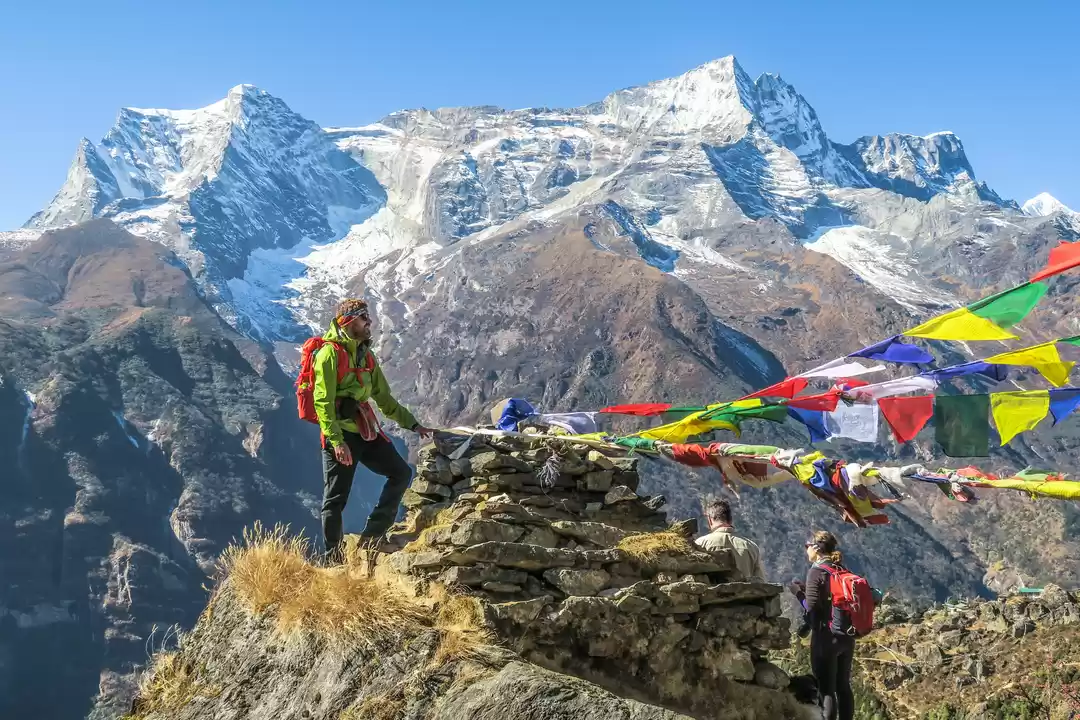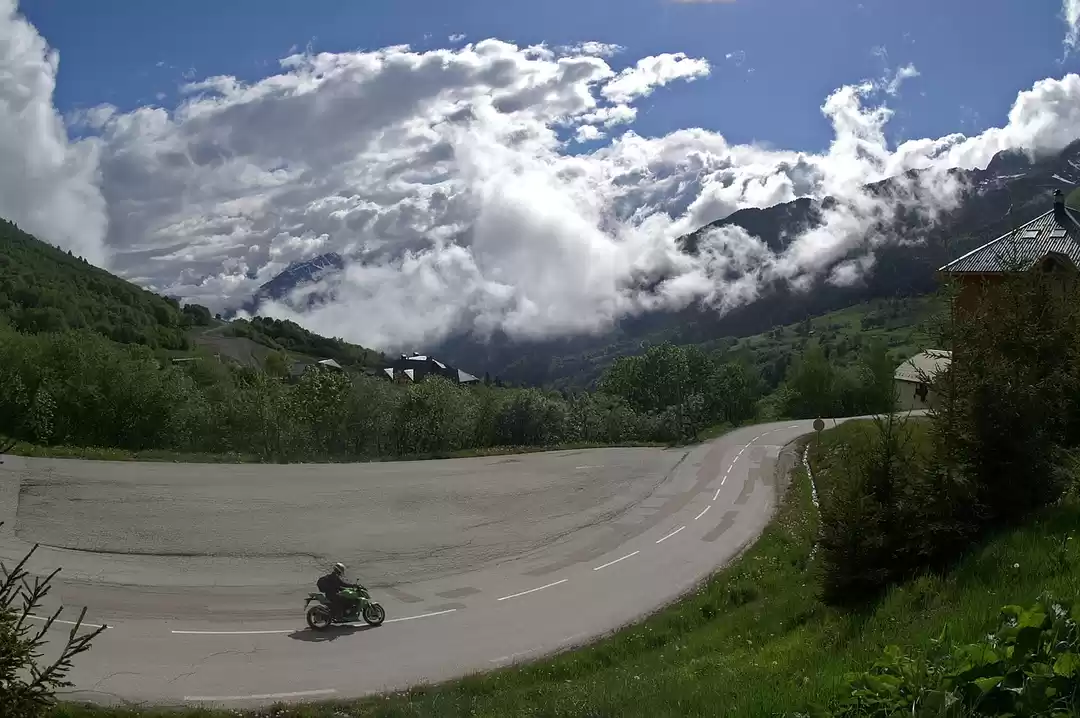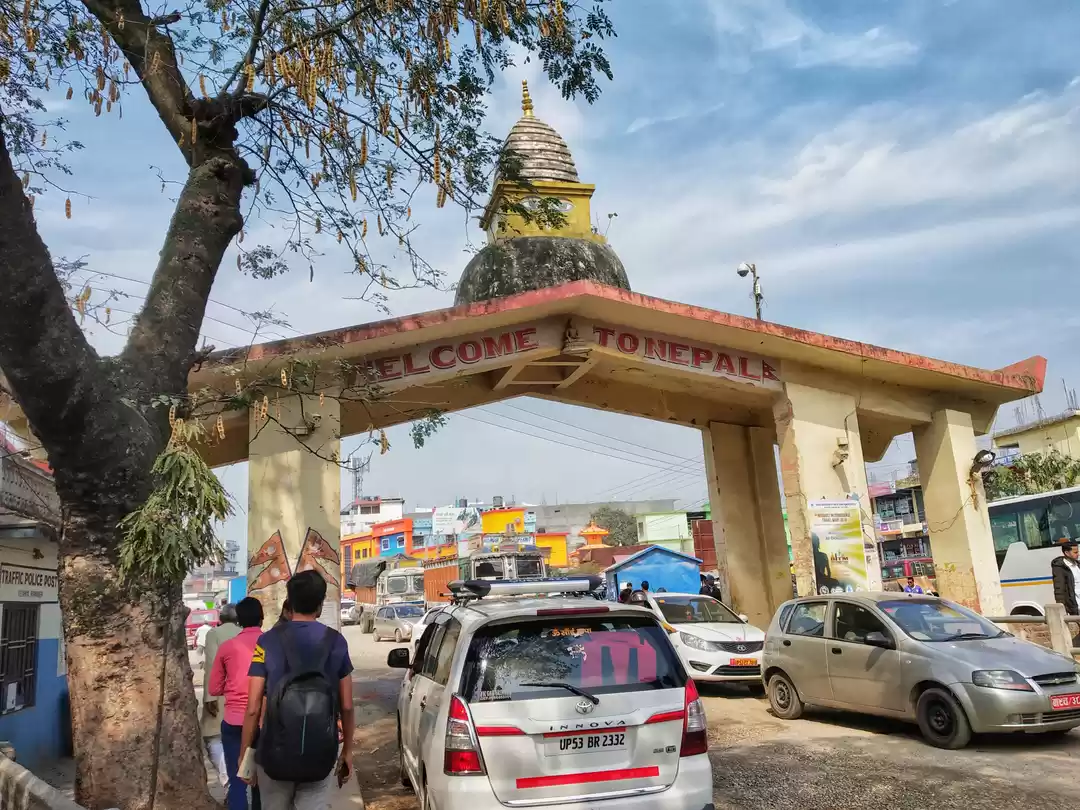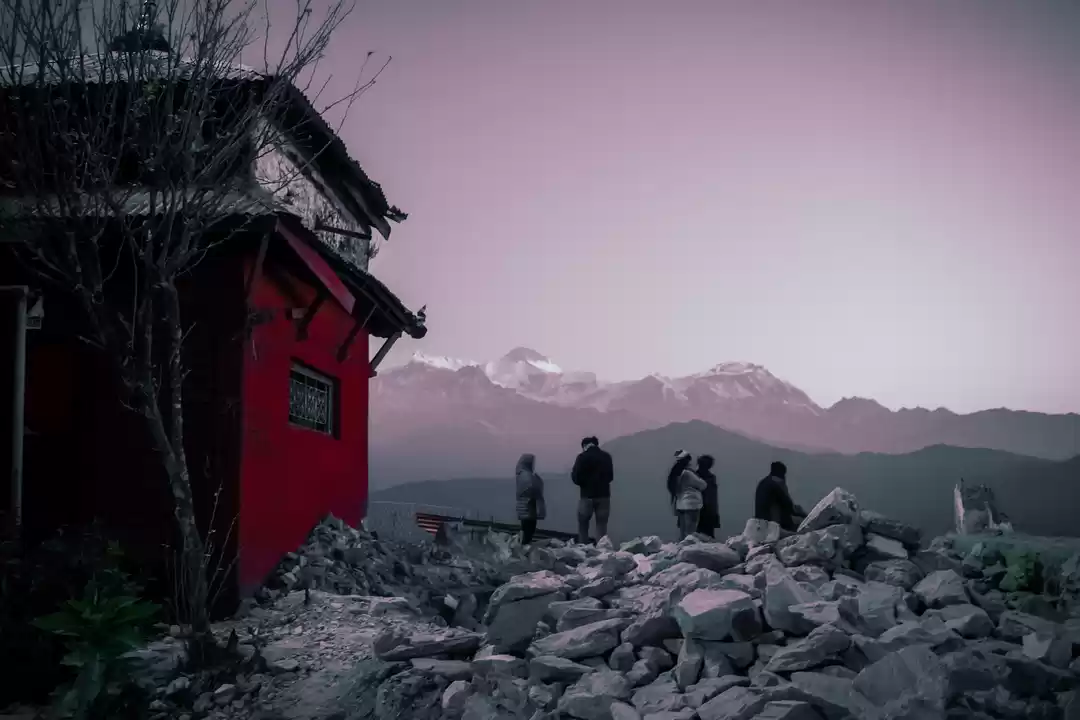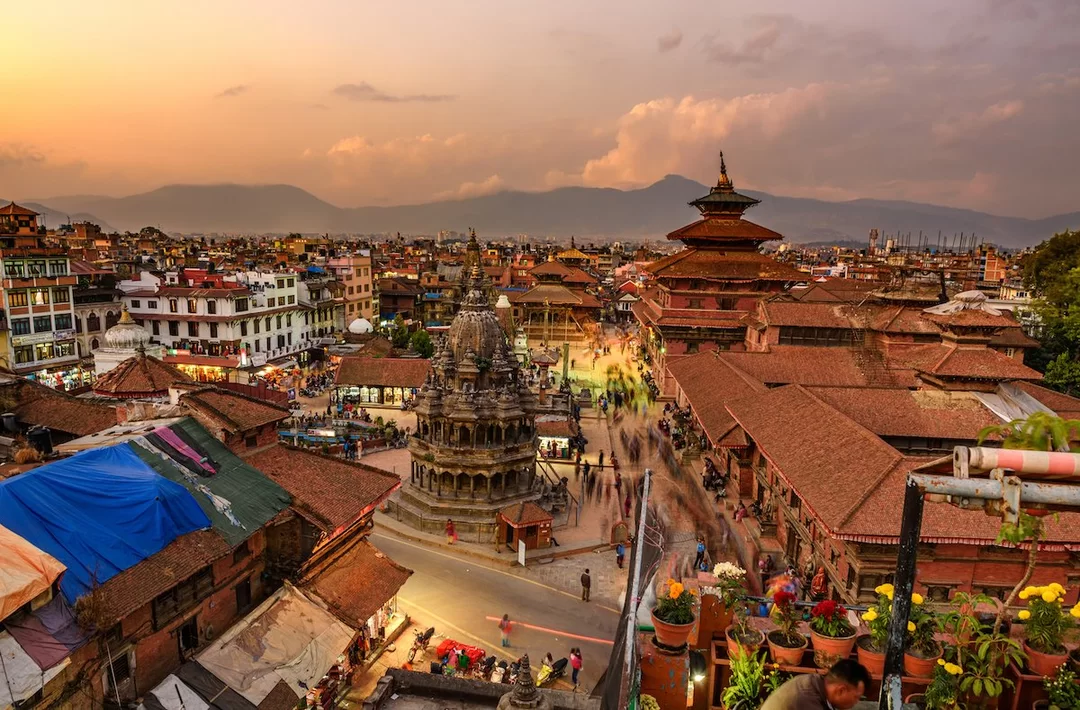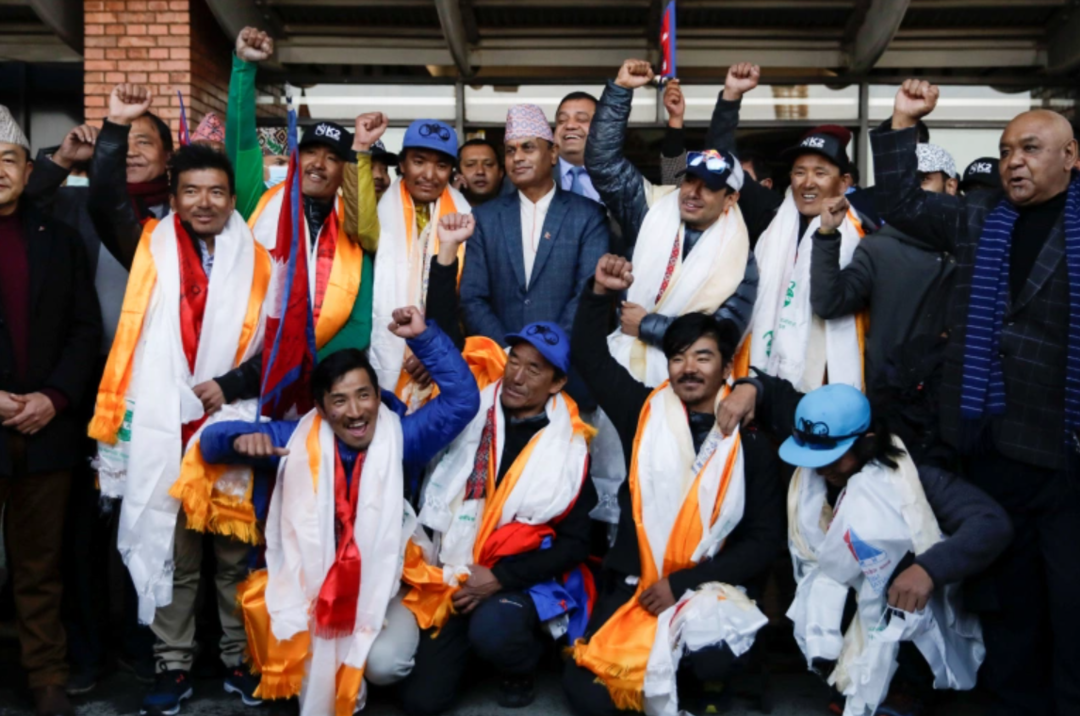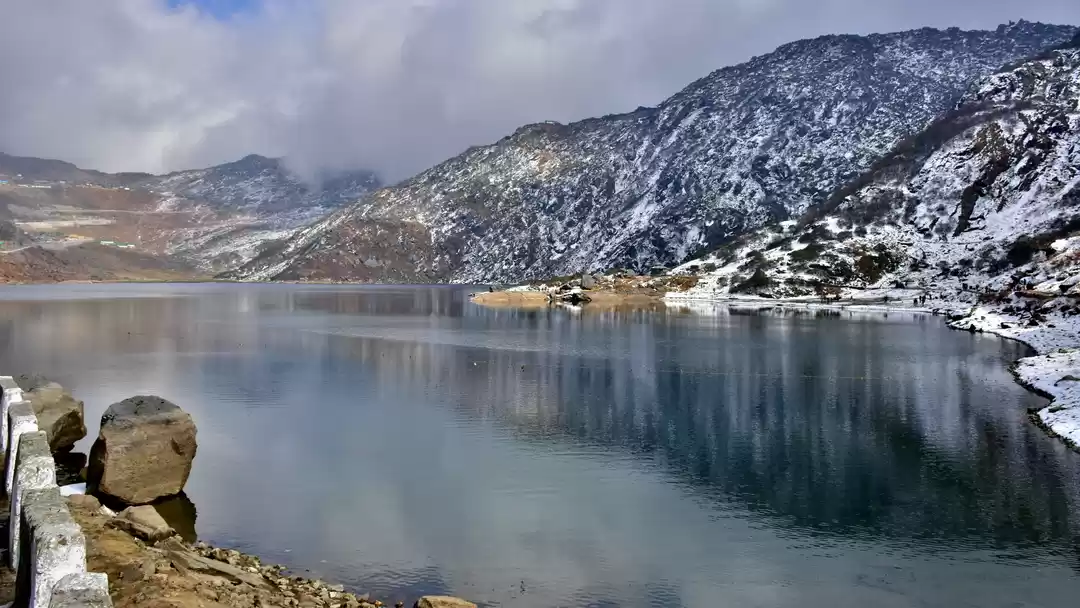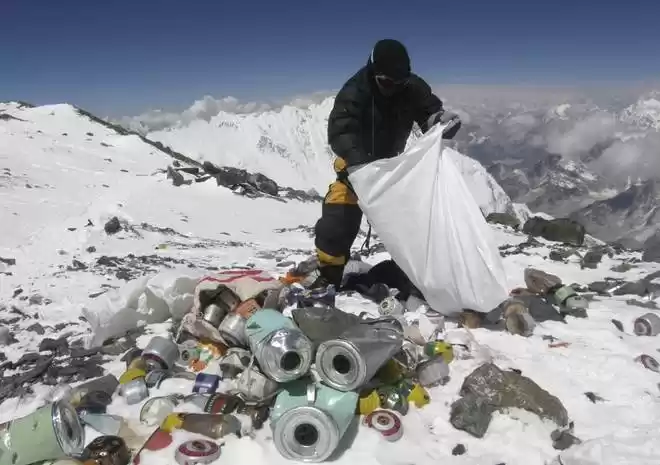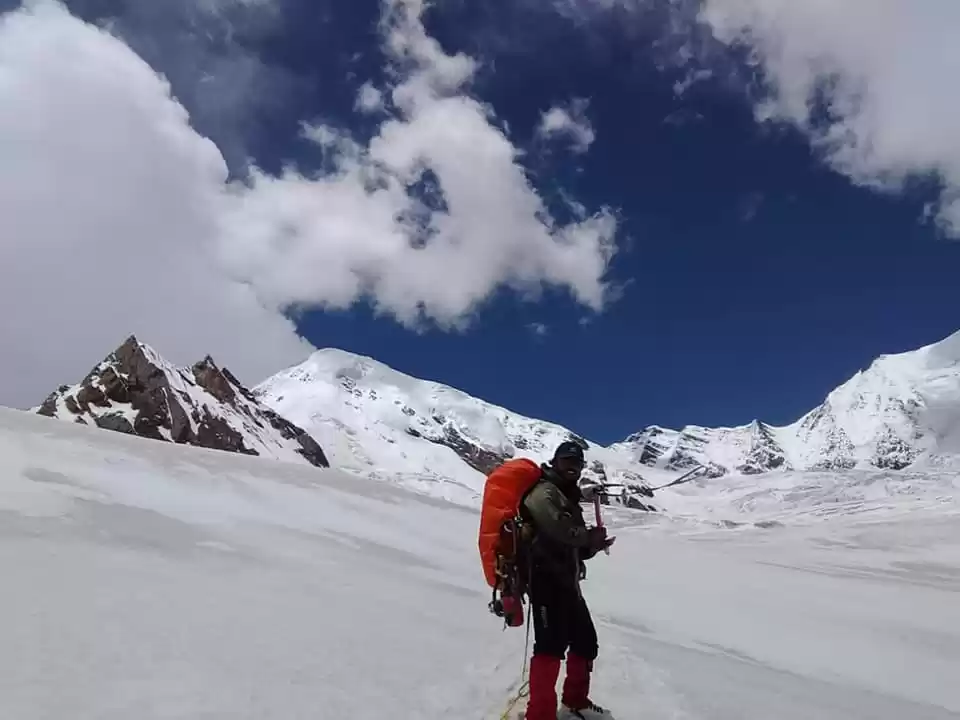Nestled in snow on the Nepal-Sikkim border lies Kangchenjunga – India's highest summit which has a lot of religious relevance and has been a subject of controversy for a multitude of reasons.
The name Kangchenjunga literally means 'Five Treasures of Snow', referring to Kangchenjunga’s five peaks. The Tibetan words are: kang (snow) chen (big) dzö (treasury) nga (five). And the five treasures are: salt, gold, precious stones, sacred scriptures and invincible armour.
People who have climbed and seen Kangchenjunga up front, certify that it is not only one of the world's tallest mountains (8,586 metres), but also one of the most dangerous ones, making it the second least climbed peak, only after Annapurna peak.
This is not only due to technical reasons, but because of the various myths and baffling incidents that surround this peak. Scroll down to find out the myths of Kangchenjunga!
Myths around Kangchenjunga
People who live at its base in Sikkim, called the Lepcha believe that the first two humans, from whom all mankind descends, were engendered from the snow on Kanchenjunga’s peak. Thus, the Lepcha call themselves the "Children of the Snowy Peaks".
The sacred summit: No one has ever stood on its peak. It is believed that spirits reside at Kangchenjunga's peak, and out of respect for these spirits, a promise was made to the Chogyal (monarch of the former kingdom of Sikkim) that the summit shall remain inviolate.
Climbers and expedition teams, thus, stop short of the summit in respect. Around two hundred climbers have come close to the summit, a quarter of which has died in the attempt.
Kangchenjunga Demon: Kangchenjunga is said to be home to the mountain deity called Dzö-nga, a type of yeti or rakshasa that roams its slopes. In 1925, a British geological expedition spotted a bipedal creature, and when the locals were questioned they referred to it as the “Kangchenjunga Demon”.
Ghost Stories: Inherently because of extreme lack of oxygen and testing terrain, hallucinations are common amongst climbers. Having said that, some of these climbers are convinced they have seen spirits, apparitions, demons and heard voices too.
One such incident was when a climber heard the ridges on the glacier argue. While some guided him forward, others wanted him to die. He then felt a spirit presence (arguably of a previous climber), that guided him to his tent safely.
Incidents that spark curiosity
Year 1963: Tulshuk Lingpa, a Tibetan monk led twelve followers up Kanchenjunga. They were in search of a gateway, a split in reality that would bring them into an unseen land of perpetual bliss. Tulshuk is said to have been holding a bundle of scriptures and chanting certain sacred syllables aloud while he made his way up. Suddenly, the world vanished, engulfed in a white mass of snow. It was an avalanche.
And Tulshuk disappeared underneath it.
Year 1992: A Polish mountain climber named Wanda Rutkiewicz attempted to climb Kanchenjunga. Wanda aimed to be the first woman to earn the Himalayan Crown, and set a world record by climbing all fourteen of the world peaks that stand over eight thousand meters (26,247 feet) tall. She vanished into thin air, and her body was never found.
She is presumed to have frozen to death.
Ban on expeditions to Kangchendzonga
The Indian government banned the expeditions to Kangchengjunga in the year 2000, when an Austrian team had tried to conquer the mighty summit in exchange of $20,000. The Buddhist sentiments were visibly hurt.
It was known later that Sikkim's last choygal, Palden Thondup Namgyal, never permitted anyone up the mountain. That's when the ban was enforced.
"We cannot allow them to hurt our religion in the name of tourism," Dhammapa, a local monk acclaimed.
"It is a gesture of respect for the religious sensitivities of the people who regard the mountain as a deity," Sikkim's former chief minister, BB Goorong said.
Till date this northeastern Sikkim route has been used successfully only three times. Having said that, there are a lot of treks in the Kangchenjunga region that have recently been opened, like the Goecha La trek, Green Lake Basin trek and the likes, that oblige you with the experience of the pristine beauty that Kangchenjunga is.
Would you dare to trek in the unfathomable region of Kangchenjunga and say hello to the yeti?
Have you come across any such myths and secrets on your sojourns? Share your travel stories with us, here.
For the coolest travel videos, check out our YouTube channel.



